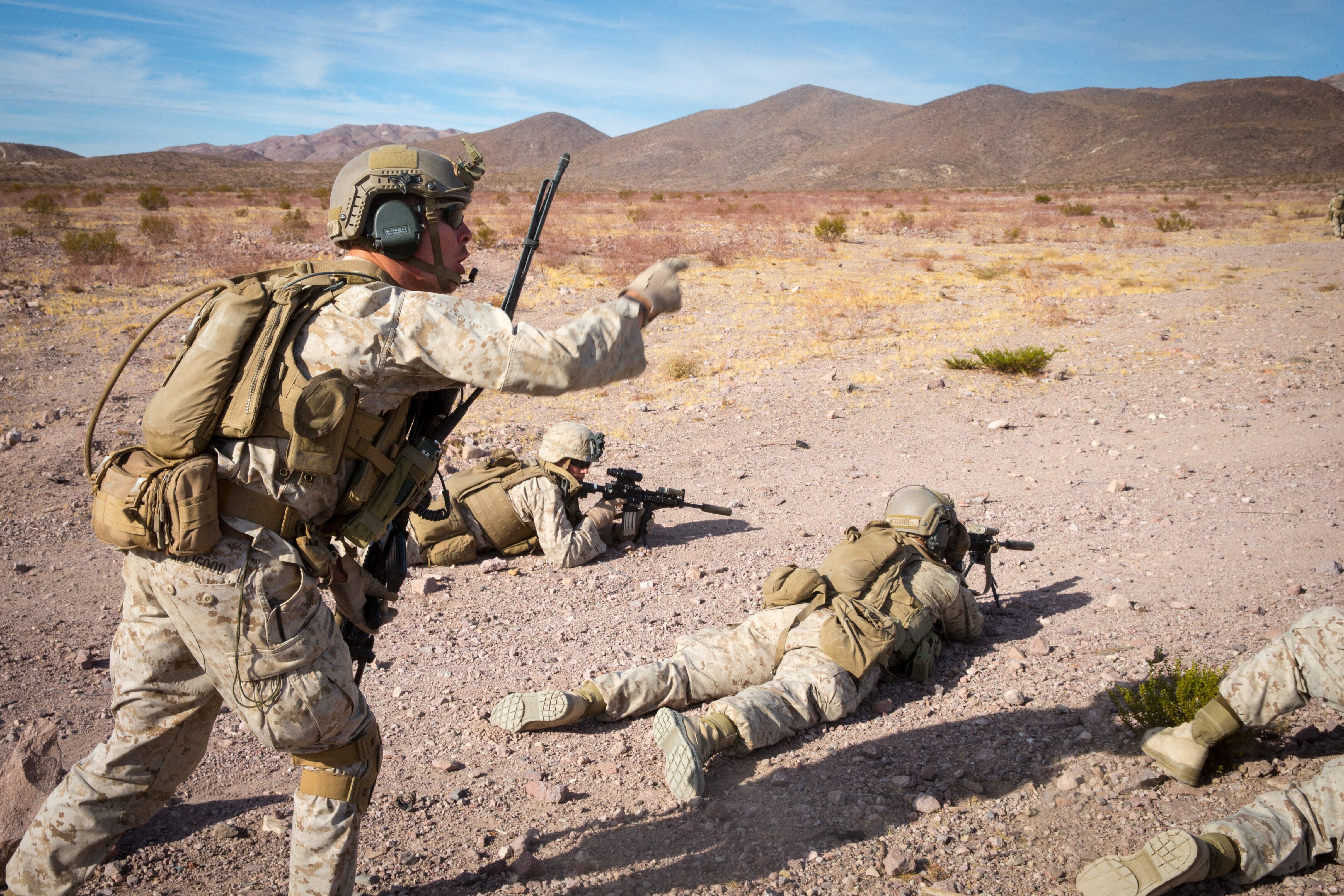Last year Defense Secretary James Mattis ordered a review of administrative and training requirements that were bogging down the military’s ability to focus on core combat tasks.
But the Corps already has been a bit ahead of the game.
Since 2015, the Corps has cut down a number of hours in annual training requirements by changing some courses to a biennial requirement and combining other standalone courses.
And in 2017, the Corps further directed that commanders use small-unit-leader-led discussions in lieu of computer based training when possible to help reduce the slog of annual training requirements.
Some of those leader led discussion courses now include:
- Hazing.
- Tobacco cessation.
- Unit Marine awareness and prevention integrated training.
- Marine Corps records management.
- Combating trafficking in persons.
- Violence prevention.
- Social media conduct.
Now the Corps says its combat development leaders are “developing a plan for a comprehensive assessment of non-combat related tasks and activities in an effort to focus on combat readiness and lethality,” Marine Corps Combat Development Command or MCCDC, told Marine Corps Times in an emailed statement.
The Corps has “already reduced service directed training requirements and continues to take initiatives to reduce service directed training that does not meet the aforementioned focus,” MCCDC said.
The Corps’ push to reduce the burden of annual training requirements aligns with a Mattis-directed task force on close combat lethality.
The goal of the task force and Mattis’ directive is to reduce mundane training while using that time to focus on core tasks that boost combat readiness and lethality.
The Army is also pushing its own plan to cut various administrative and training requirements.
Army Times reported in September that the Army decided to cut the weekend safety brief.
Shawn Snow is the senior reporter for Marine Corps Times and a Marine Corps veteran.





